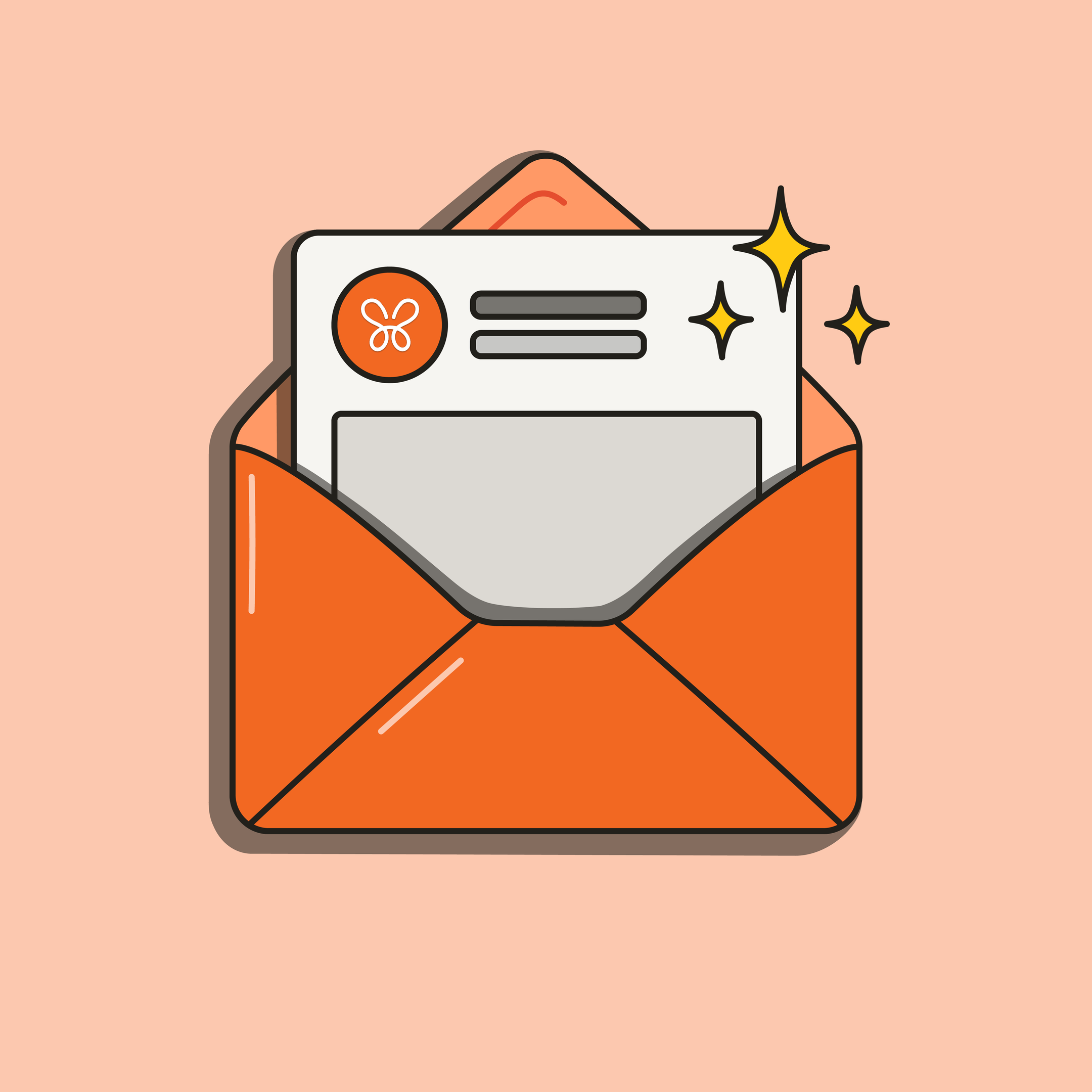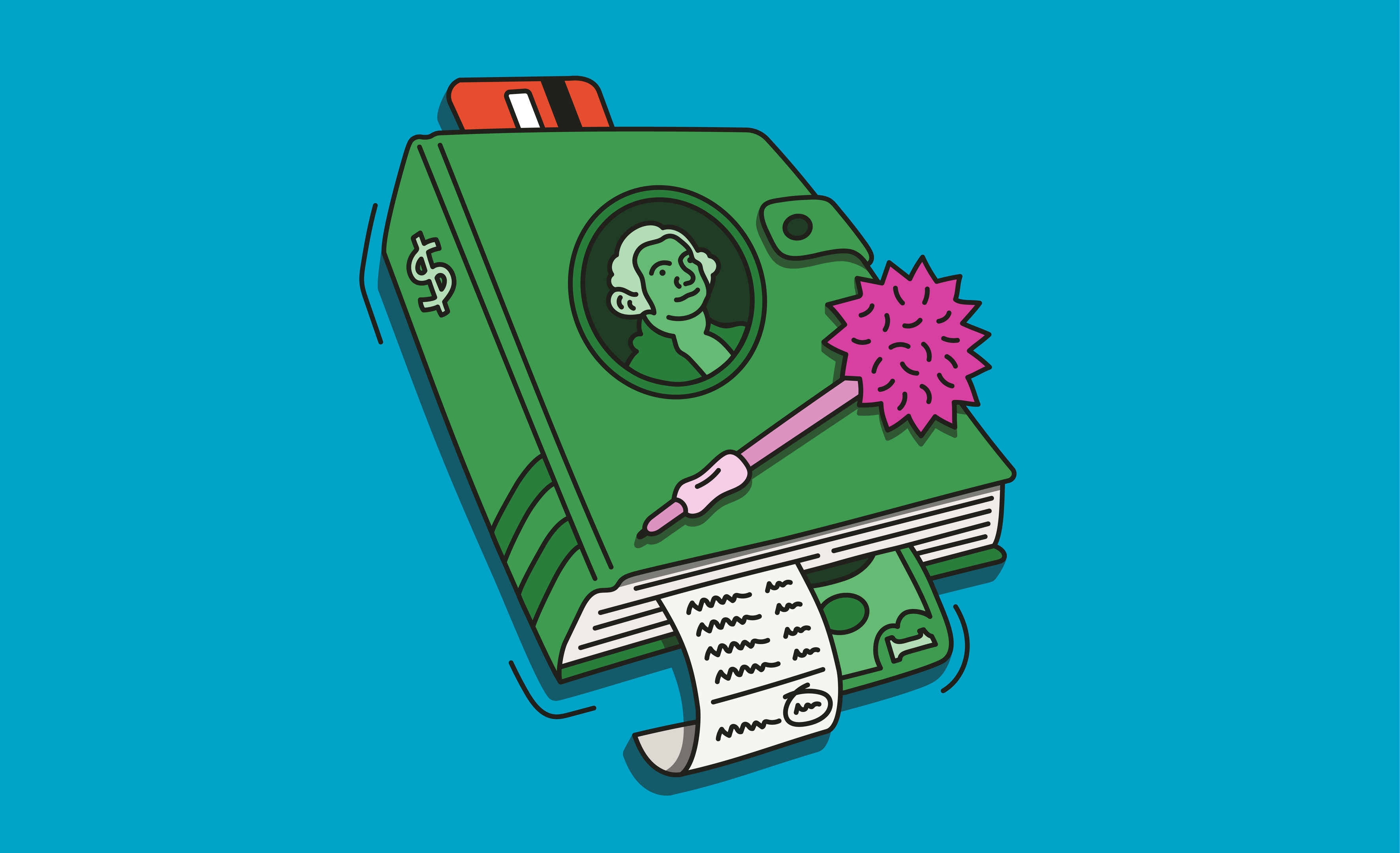1. Set Goals
Start with goals. Align on what you're trying to accomplish together and then use your budget as a tool to get you there. This could include things like saving for a down payment on a house, paying off debt, or building up your emergency fund.
2. Organize Your Transactions
Organize outgoing cash flow into 4 categories: fixed, flex, infrequent, and goals. Fixed expenses are bills that you have to pay every month, such as rent or mortgage payments, car payments, and insurance. Flex expenses are everyday spending, such as groceries, dining out, and transportation. Infrequent expenses are things that don't happen every month, such as vacations, holidays, and property taxes. Goals are the things you're saving for, such as retirement or a down payment on a house.
3. Identify and Cancel Unwanted Subscriptions
Review fixed expenses to see if anything can be canceled. Look for things you can pretty easily live without, such as streaming services or magazine subscriptions. Consider setting up a separate checking account dedicated to your fixed expenses to make it easier to track and manage.
4. Plan For The Year
Think about the next 12 months and add up all of the infrequent expenses you anticipate. This might include things like vacations, gifts, holidays, property taxes, and annual insurance premiums. Divide the total by 12 to figure out how much needs to be set aside each month to make sure you have enough to cover your infrequent expenses throughout the year. If you have enough cash, set up a separate account dedicated to infrequent expenses with 6 months' worth of infrequent expenses in it and add to it monthly. Use cash from your infrequent savings to cover infrequent expenses as they pop up throughout the year.
5. Determine Your Weekly Budget
Determine how much you need for everyday spending (flex expenses). This includes things like groceries, restaurants, transportation, and online spending. Break this total down weekly to give you a weekly budget for daily spending and just track to that one number.
6. Decide Whether to Share Accounts
Determine whether you’d like separate checking accounts for flex spending or whether you'd like to share all accounts. It can work well to share all accounts, but it can also work well to have a shared fixed account and separate flex budgets or to keep everything separate. It's up to you and your partner to decide what works best for you.
7. Allocate Money for Fun Expenses
Consider a FUN account. This is an account meant to splurge and enjoy life! Consider opening a separate account for fun and saving into it monthly, and/or allocating a portion of all windfalls (tax refunds, bonuses, etc.) to your FUN account. If one partner is a saver and the other is a spender, consider going dollar for dollar on saving towards your goals and saving for fun!
8. Review Progress Towards Goals
Meet weekly or monthly to review progress towards goals and spending. Consider meeting mid-month so that you can make adjustments within the month to stay on track.
9. Create an Emergency Fund
Stock up your emergency fund (EmFund) so that emergencies don't throw off your budget. A good rule of thumb is to put away at least three to six months' worth of expenses.
10. Use an App to Track Budget and Expenses
Use a tool like Monarch Money to help you confidently track your budget, investments, and spending. It can be a helpful way to see everything in one place, even if you're managing accounts separately. Monarch makes it easy—invite a partner to your household for a joint view of your finances. You will each get your own login and a joint understanding of your finances.





